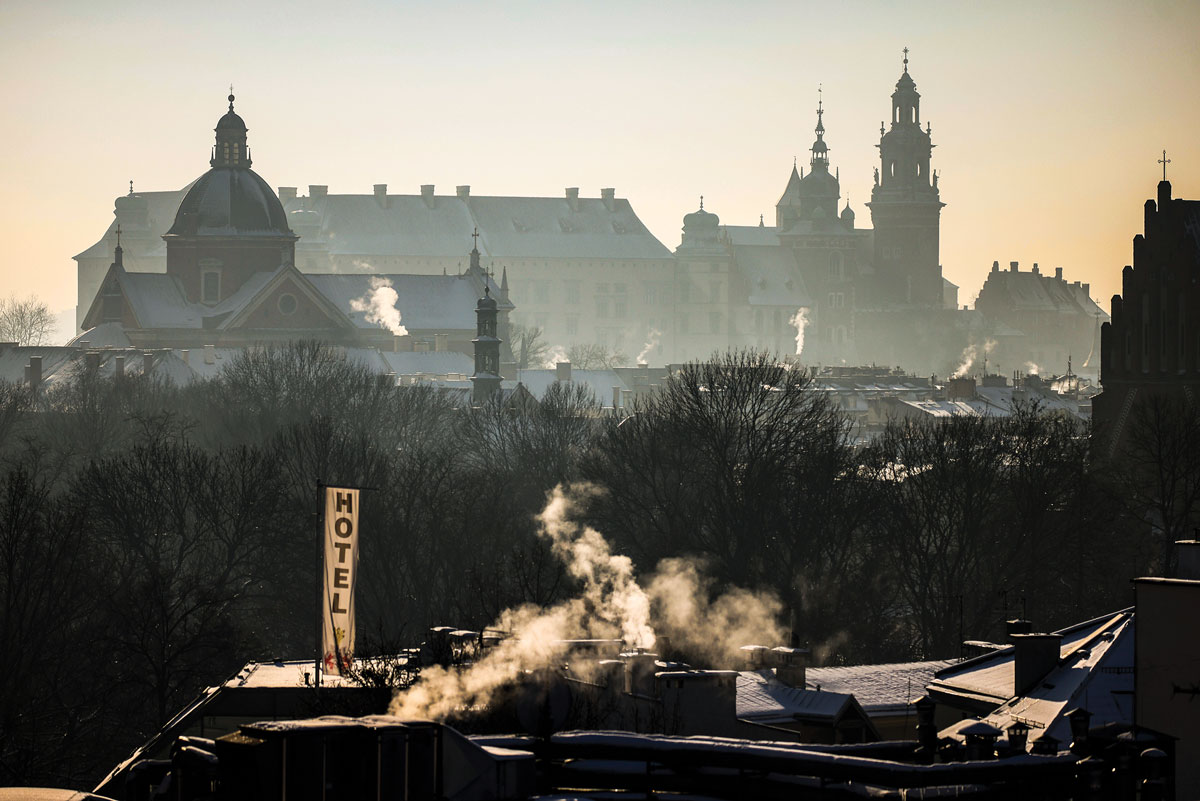Advertisement
Grab your lab coat. Let's get started
Welcome!
Welcome!
Create an account below to get 6 C&EN articles per month, receive newsletters and more - all free.
It seems this is your first time logging in online. Please enter the following information to continue.
As an ACS member you automatically get access to this site. All we need is few more details to create your reading experience.
Not you? Sign in with a different account.
Not you? Sign in with a different account.
ERROR 1
ERROR 1
ERROR 2
ERROR 2
ERROR 2
ERROR 2
ERROR 2
Password and Confirm password must match.
If you have an ACS member number, please enter it here so we can link this account to your membership. (optional)
ERROR 2
ACS values your privacy. By submitting your information, you are gaining access to C&EN and subscribing to our weekly newsletter. We use the information you provide to make your reading experience better, and we will never sell your data to third party members.
Atmospheric Chemistry
Warehouses worsen local air pollution
Truck traffic associated with the facilities increases NO2 by 20%, study finds
by Krystal Vasquez
August 7, 2024

Warehouses in the US worsen local air pollution, according to a new study. Using satellite data to study the air quality around nearly 150,000 warehouses, researchers found that nitrogen dioxide levels were 20% higher near warehouses, on average, compared to upwind locations mainly because of the trucks that frequent and idle at these facilities (Nat. Commun. 2024, DOI: 10.1038/s41467-024-50000-0).
Because NO2 is associated with negative effects like asthma, cardiovascular disease, and premature death, the increased pollution could significantly harm the health of the approximately 15 million people who live within 1 km of warehouses.
Warehouse-related pollution also disproportionately affects Asian, Black, Hispanic/Latine and Native American people, who are more likely to live near the logistic hubs and in areas with a large number of these facilities. Areas with the most warehouses had 240% more Hispanic residents and 290% more Asian residents than the percentage of these groups in the general US population, says Gaige Kerr, a professor of environmental and occupational health at the George Washington University and lead researcher on the study.
Kerr says the study was born from concerns of local communities and air quality management agencies the researchers spoke to. “These individuals or groups noted, at least anecdotally, that truck traffic around these facilities was increasing,” he says. Trucks generate a large amount of NO2 and other pollutants and have been previously linked with air pollution disparities (Geophys. Res. Lett. 2021, DOI: 10.1029/2021GL094333).
The study validates the community concerns. Kerr and his team found that warehouses built between 2010 and 2021 are significantly larger, than warehouses of the past. Their larger sizes allow the facilities to support more truck traffic, which result in even higher NO2 levels, than smaller warehouses.
“I hope studies like mine, and hopefully future studies, can provide some of the meat needed to really motivate policies” that address warehouse-related pollution, Kerr says. Despite warehouses’ impact on local communities, they are largely unregulated. Only the South Coast Air Quality Management District in California has issued a rule targeting warehouse-related pollution, although agencies in several other states are considering similar rules.
Cesunica Ivey, a professor of civil and environmental engineering at the University of California, Berkeley, who was not involved in the research, says the study provides quantitative evidence that policymakers can point to when establishing regulations. But grassroots organizations have long been speaking out about this issue, she notes. Some even started collecting their own data to try to quantify the problem.
In the interim, the communities they represent have had to deal with the adverse health effects that come with living next to warehouses and the truck traffic they attract. “That’s why it’s important to listen to all forms of evidence, of community-driven evidence,” Ivey says.





Join the conversation
Contact the reporter
Submit a Letter to the Editor for publication
Engage with us on Twitter